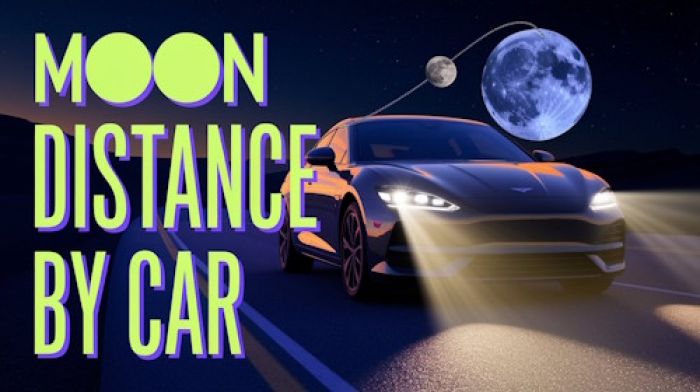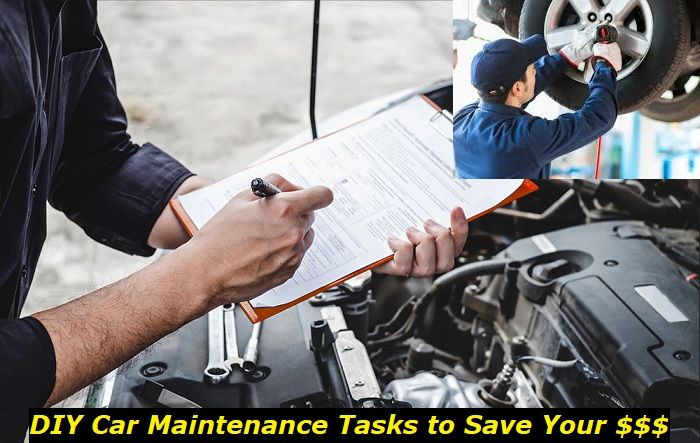There's one thing we can all agree on - the new Ford 3.5L PowerBoost engine is a beast. It is unarguably the most powerful engine that Ford has ever put in a production vehicle. Two reasons why this engine is successful are its power and efficiency.
Built on the same architecture as the Ford Ecoboost, this PowerBoost Engine is the product of design engineers from Ford. Here we will review all that there is to know about the Ford 3.5L PowerBoost, particularly its longevity, specifications, and problems. This should help you decide whether or not this engine is the perfect fit for you.
Key features and my opinion about the engine
- Production years:2021-now
- Average lifespan of 3.5L V6 PowerBoost:200,000-240,000 miles
- Fuel supply type:direct injection
- Power range:430 hp
- Fuel efficiency:good
- Engine block material:aluminum
- Engine reliability score:medium
- The most common problems:oil leaks, turbocharger failure, overheating, spark plugs and ignition coils failure.
Key features of the Ford 3.5L PowerBoost Engine
Some of the features of the new 3.5L PowerBoost engine include:
- Direct injection
The engine uses direct injection to deliver fuel directly into the combustion chamber. It allows for a higher compression ratio which means more power can be generated from each combustion. This helps to improve efficiency and performance.
- Variable valve timing
The engine uses variable valve timing by opening and closing the intake and exhaust valves at different times, it allows the engine to breathe more efficiently. This helps to improve fuel economy and reduces emissions.
- Twin-Turbocharged
The engine uses two turbochargers to boost its output. The engine uses two turbos to boost its output. The first turbocharger is small and helps to spool up the larger second turbocharger. This design helps to reduce lag and provides a quicker response time. Turbocharging also helps to improve fuel economy.
- Intercooled
The engine is intercooled to help reduce heat, cool down the air that has been compressed by a turbocharger or supercharger, and improve performance. The cooled air from the intercooler helps to improve performance by providing denser air to the engine. Denser air contains more oxygen, which helps to improve combustion and power output.
- High-flow fuel injectors
The 3.5L PowerBoost engine uses high-flow fuel injectors to deliver more fuel to the engine. They're larger in diameter than the fuel injectors used in other engines such as the 3.6L Pentastar V6.
- Dual exhaust ports
The engine has dual exhaust ports to help reduce back pressure and improve performance. Back pressure is the pressure that builds up in the exhaust system. This pressure can cause the engine to work harder and can reduce performance. The dual exhaust ports help to reduce back pressure by allowing the exhaust gases to flow more freely.
- Lightweight materials
The engine uses lightweight materials to help improve fuel economy. The engine block is made of aluminum as well as the cylinder heads.
- Fuel efficient
The engine is designed to be fuel efficient. It features a stop-start system that shuts off the engine when the vehicle is idling. The engine also features cylinder deactivation, which shuts off half of the cylinders when they are not needed. This helps to improve fuel economy.
- More powerful engine
The turbocharger is larger, the intercooler is more efficient, and the fuel injectors are higher-flow. The result is an engine that produces more power and torque while still being efficient. The 3.5L PowerBoost engine has a peak power output of 400 horsepower and 570 lb-ft of torque.
The 3.5L PowerBoost engine is paired with a 10-speed automatic transmission. The transmission has been specifically calibrated for the extra power and torque of the PowerBoost engine. The transmission has been given a wider ratio spread and taller gears. This allows the engine to stay in its sweet spot for performance and efficiency.
- Regenerative braking
The engine uses regenerative braking to help charge the battery. The system captures energy that would otherwise be lost when braking and uses it to charge the battery.
- Start/stop technology
The engine features start/stop technology that shuts off the engine when the vehicle is idling. The engine automatically shuts off when the vehicle comes to a stop. It starts up again when the driver takes their foot off the brake pedal. This helps to improve fuel economy by reducing fuel consumption when the vehicle is idling.
- Cylinder deactivation
The engine features cylinder deactivation, which shuts off half of the cylinders when they are not needed. This helps to improve fuel economy by reducing emissions and saving fuel.
- Pro-Power onboard generator
The 3.5L PowerBoost engine is also available with a Pro-Power onboard generator. The generator produces up to 7.2 kilowatts of electricity. That's enough to power a fridge, a TV, and other small appliances. The generator is available as an option on the XLT and Limited trim levels.
- Electric motor
The 3.5L PowerBoost engine comes with an electric motor. The electric motor is used to start the engine and to provide power when the engine is not running. A battery pack powers the electric motor.
The electric motor in the 3.5L PowerBoost engine provides reduced emissions, improved fuel economy, and quiet operation.
The only downside to the electric motor in the 3.5L PowerBoost engine is that it requires a battery pack. The battery pack may be eventually a pain in your neck because of its high replacement cost.
Longevity of the Ford 3.5L PowerBoost engine
The 3.5L PowerBoost engine is designed for longevity. It features forged steel connecting rods, aluminum pistons, sodium-filled exhaust valves, and chain-driven dual overhead camshafts. Ford claims that the F-150 3.5L PowerBoost engine can travel as much as 750 miles before refueling. The vehicle is also backed by a 5-year/60,000-mile warranty.
3.5L PowerBoost engine Problems
The 3.5L PowerBoost engine has a few problems that owners have reported. These problems include:
- Engine noise when cold
Some owners have reported that the engine is noisy, especially when cold.
Possible Causes: It's most likely due to the turbocharger. The turbocharger is located between the engine and the exhaust system. It uses exhaust gases to spin a turbine that drives a compressor. The compressor forces air into the engine. This can cause a high-pitched whistle or whine.
Possible Solution: The best way to solve this problem is to have the turbocharger checked by a qualified mechanic.
- Engine hesitation
There have been reported cases of engine hesitation during acceleration.
Possible Causes: There are several possible causes, such as the fuel system might be dirty and needs to be cleaned, or the spark plugs might be worn out and need to be replaced.
Possible Solution: Have the fuel system cleaned and the spark plugs replaced. If the problem persists, take the vehicle to a qualified mechanic for further diagnosis.
- The engine vibrates
Some owners have reported that the engine vibrates excessively.
Possible causes: There are several possible causes, such as the engine mounts might be worn out or the engine might be low on oil.
Possible Solution: Have the engine mounts checked and replaced if necessary. Check the oil level and add oil if necessary. If the problem persists, take the vehicle to a qualified mechanic for further diagnosis.
- Difficult to start when cold
Some owners have reported that the engine is difficult to start when cold.
Possible Causes: There are several possible causes, such as the battery might be weak, or the starter might be worn out.
Possible Solution: Have the battery checked and replaced if necessary. Have the starter checked and replaced if necessary.
- Fuel economy issues
Some owners have reported that the fuel economy is not as good as expected.
Possible causes: There are several possible causes, such as the vehicle might need a tune-up, or the tires might be inflated to the wrong pressure.
Possible Solution: Have the vehicle tuned up and check the tire pressure. If the problem persists, take the vehicle to a qualified mechanic for further diagnosis.
Conclusion
The 3.5L PowerBoost engine is a powerful and fuel-efficient engine. It's based on the 3.5L EcoBoost engine and shares many similarities with it. The 3.5L PowerBoost engine has a few problems that owners have reported, such as noise, vibration, hesitating, and fuel economy issues. If you experience any of these problems, take your vehicle to a qualified mechanic for further diagnosis.
About the authors
The CarAraC research team is composed of seasoned auto mechanics and automotive industry professionals, including individuals with advanced degrees and certifications in their field. Our team members boast prestigious credentials, reflecting their extensive knowledge and skills. These qualifications include: IMI: Institute of the Motor Industry, ASE-Certified Master Automobile Technicians; Coventry University, Graduate of MA in Automotive Journalism; Politecnico di Torino, Italy, MS Automotive Engineering; Ss. Cyril and Methodius University in Skopje, Mechanical University in Skopje; TOC Automotive College; DHA Suffa University, Department of Mechanical Engineering






Add comment